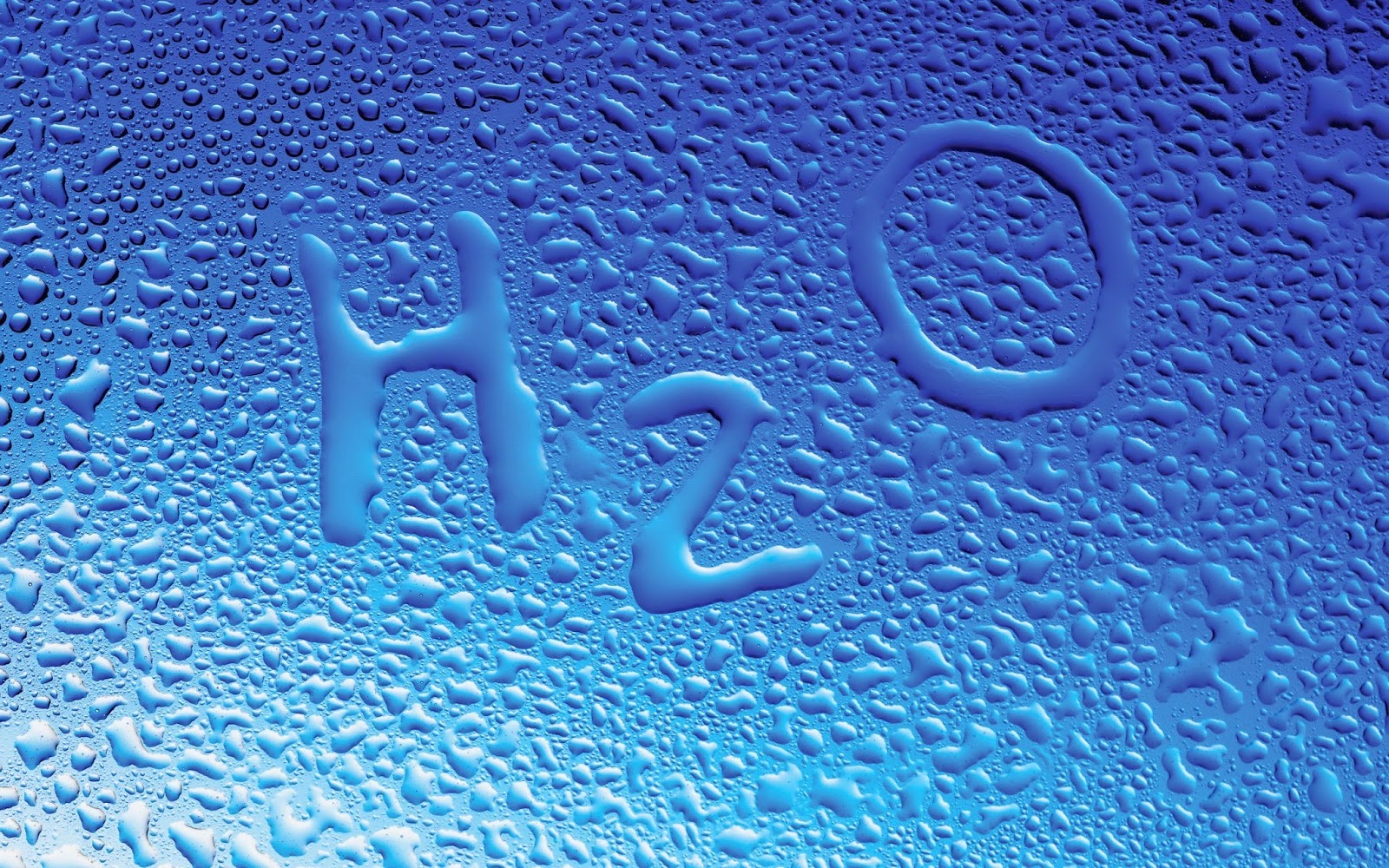Habitat destruction is altering the environment in which organisms live such that the conditions of the environment is no longer fit for their requirements. This may lead to them moving to other more suitable areas that suit their needs to survive, or could ultimately lead to extinction. Habitat destruction is currently ranked the highest in causing animal extinction worldwide.
Although the above quote suggests that 23 out of 35 of the global hot spots for biodiversity is affected by livestock production, the website does not then go on to explain how the country is classified as 'affected' and does not include an explanation as to how it is measured. Nonetheless, it is a very significant figure and should not be ignored.
If you're interested, hop onto the website: http://www.iucnredlist.org/ and refine your search by changing the categories (to find out about livestock production affects, choose the option 'Threats' and then choose 'Agriculture').
Possible solutions:
Wild areas need to be protected as much as possible, either through buffer zones which can protect a conservation area or civil or criminal penalties. An example of this is the Environment Protection and Biodiversity Conservation Act 1999 written by the Australian Government under the Department of the Environment. They have enforcement mechanisms for suspected non-compliances which include such penalties to deter individuals or corporations from harming biodiversity.
Additionally, more incentives should be created by the government, for example through subsidies which can help the livestock producers to be more willing to conserve such areas and protect biodiversity.
Wild areas need to be protected as much as possible, either through buffer zones which can protect a conservation area or civil or criminal penalties. An example of this is the Environment Protection and Biodiversity Conservation Act 1999 written by the Australian Government under the Department of the Environment. They have enforcement mechanisms for suspected non-compliances which include such penalties to deter individuals or corporations from harming biodiversity.
Additionally, more incentives should be created by the government, for example through subsidies which can help the livestock producers to be more willing to conserve such areas and protect biodiversity.
Happy Meatless Monday! Tune in next Monday for a new post on a wrap up of the environmental harm of livestock






